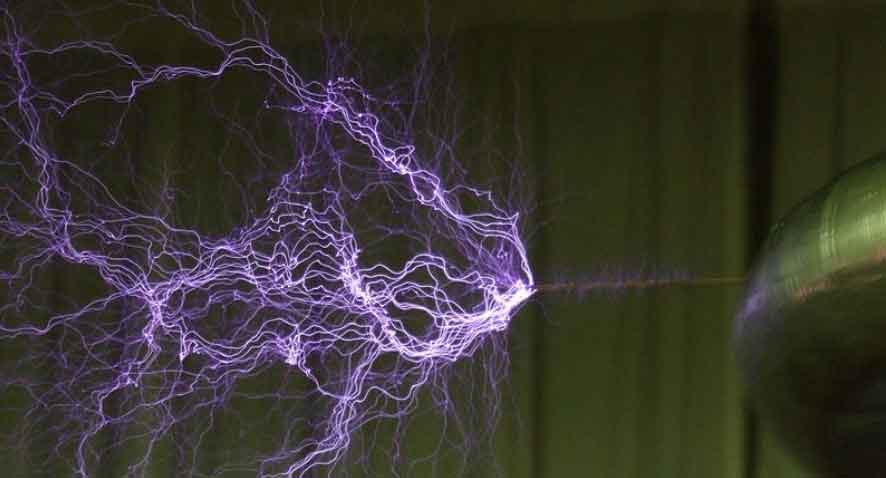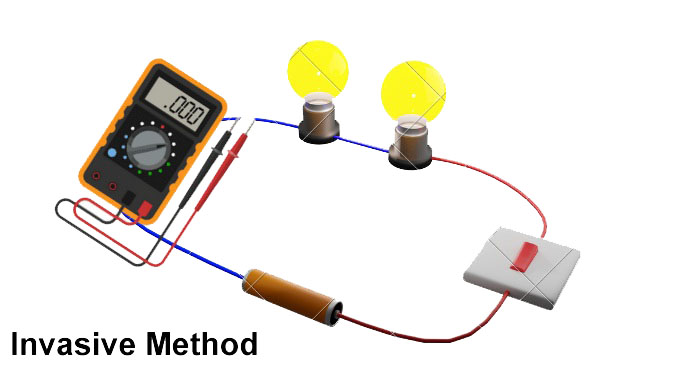We have discussed that a clamp meter is fit for high current and low current. Although some models still work well for high currents, modern clamp meters are good for both.
Nowadays, we have the best clamp meter in the market. These clamp meters have high accuracy, high resolution, many functions, and extra safety. Thus, modern clamp meters negate the concept of high and low currents.
We can comfortably use modern clamp meters for measuring low currents. Before getting any clamp meter, we must go through its range of current. Additionally, the high resolution also ensures the accuracy of measuring low currents. Besides, modern clamp meters automatically set the current range, whether low or high.
Hence, modern clamp meters are fit for measuring low currents. Let’s study in more detail.
Can a Clamp Meter Measure Low Currents?
All types of clamp meters are not suitable for low currents. Only specific modern clamp meters can measure low currents with high accuracy, just like a multimeter.
It must be noted that low currents are also measured with the non-invasive method. Otherwise, it is duly mentioned in the manual.
Measuring Low Current
With the old model clamp meters, some extra accessory is provided to use it for low current. In combination, a clamp meter works best for low currents with the same high accuracy.
Let’s learn about the low voltage and low current for a better understanding of the process.
What is a Low Voltage?
Whenever we talk about low voltages, the voltage below 12V pops into mind. In reality, the concept is quite different. Below 12V is classified into Extra low voltage.
| IEC Voltage Range | AC (RMS) | DC |
| Low Voltage | >1,000V | >1500V |
| High Voltage | 50 to 1000V | 120 to 1500V |
| Extra Low Voltage | <50V | <120V |
Additionally, the concept of low voltage is different for different types of current. A voltage value would be low in AC but high in DC, and vice versa. Hence, we must go through the type of current before classifying voltage.
Then, What is a low voltage? Let’s study about it.
1. Low Voltage
A low voltage, either AC or DC, is a voltage that delivers a significant shock. Commonly, the value of low voltage is from 50 to 1000V for AC and 120 to 1500V for DC.
The values mentioned above for AC lie in the frequency of 60Hz. Working in low voltage does not require extra safety. However, this range is still dangerous for a layman.
2. High Voltage
A high-voltage AC or DC is responsible for arcing. This level is quite dangerous as it ionizes non-conducting material (like air) and allows the current to pass through it. It ranges above 1000V for AC and 1500V for DC.

Hence, working with high voltage is quite a care-demanding task. Additionally, the current carrying wires are at a significant height to minimize danger. Thus, its repair costs a handsome amount of money.
3. Extra Low Voltage
Extra low voltage is free from any risk. This range of voltage is below 50V for AC and below 120V for DC. This range of voltage is quite friendly and risk-free. We can even touch it with proper safety.
Now let’s understand the concept of low currents.
What is Low Current?
Like voltage, there is no fixed value for categorizing the values of current. It is so because the electrical systems are either measured from their value of voltage or electrical power.
However, when we talk about the low voltages, we mean the lowest value of current in a common circuit. This range lies from the milliamps (mA) up to a few amps (A) of current.
Voltage and current are dependable on each other. When we increase voltage through a transformer, current decreases, and vice versa, with constant power. Hence, electrical installations are defined by voltage or power.
Parameters in a Clamp Meter for Low Current
To measure low current, we must check the rating of the following parameters. These parameters check the compatibility of a clamp meter for low current.
1. Accuracy
The accuracy for low current is separately mentioned in the manual of a clamp meter. We can precisely tell whether the clamp meter is fit for low current or not.
Modern clamp meters, of good brands, are found to be fit and accurate for low current. The manual of these clamp meters states that the clamp meter is accurate for high and low currents.
2. Resolution
The resolution of a clamp meter works like the least count of the clamp meter. The maximum resolution guarantees the lowest value for the current.
Hence, a high-resolution clamp meter is an excellent choice for both low and high currents.
3. Range
The range is ostensibly defined on the manual and dial of every clamp meter. We can easily judge the ability of the clamp meter from that range.
The range is either automatic or manual. Commonly, we prefer the automatic range to avoid any confusion. However, the manual mentions measuring the range through which method.
Using Clamp Meters for Low Currents
A clamp meter can be used in two ways for measuring low currents. All clamp meters mention the method of measuring current clearly. Even some provide both methods and leave the option for users.
A few brands define the limit for both methods. For example, below 40A is measured through one while above 40A is measured through another method.
Cutting to the chase, let’s observe both methods
1. Non-Invasive Method
In this method, users can measure low currents just like they measure high currents. The clamp of the clamp meter is put around the target wire and the corresponding result is shown on LCD.

Users must pick a suitable range for the current before reading the value. If the clamp meter ranges current automatically, we do not need to adjust the range.
2. Invasive Method
In a clamp meter, the range is mentioned for the non-invasive method of measurement. Below that range, the current is measured through an invasive method.

The clamp meter is connected in series with the corresponding circuit. Thus, a clamp meter works as a multimeter to measure low current. This method is also available for the lowest current in microamps.
3. Defining Range
Often, the range of low current is divided into two or many sections. One part of that range is measured through invasive while the other through non-invasive methods.
In short, we can use a clamp meter for measuring low currents, no matter which method we apply.
Conclusion
We can use a clamp meter for measuring low currents. All we need to go through some specific parameters to understand the capability of a clamp meter.
Accuracy, resolution, and the range of a clamp meter are the defining factors for checking if a clamp meter can measure low currents.
Modern clamp meters are equipped with measuring all types of current and only the upper range is mentioned in the manual. Moreover, separate accuracy for low current is also mentioned in these manuals.
Low voltage electrically shocks the user if exposed. High voltage forms an arc and extra low voltage is free from any risk. However, we cannot categorize current as voltage.
Generally, current in milliamps is termed as low current. However, this is debatable.
We can measure low current through non-invasive and invasive methods. The manual of a clamp meter tells us about the method to use for a specific range.
Other useful posts:
